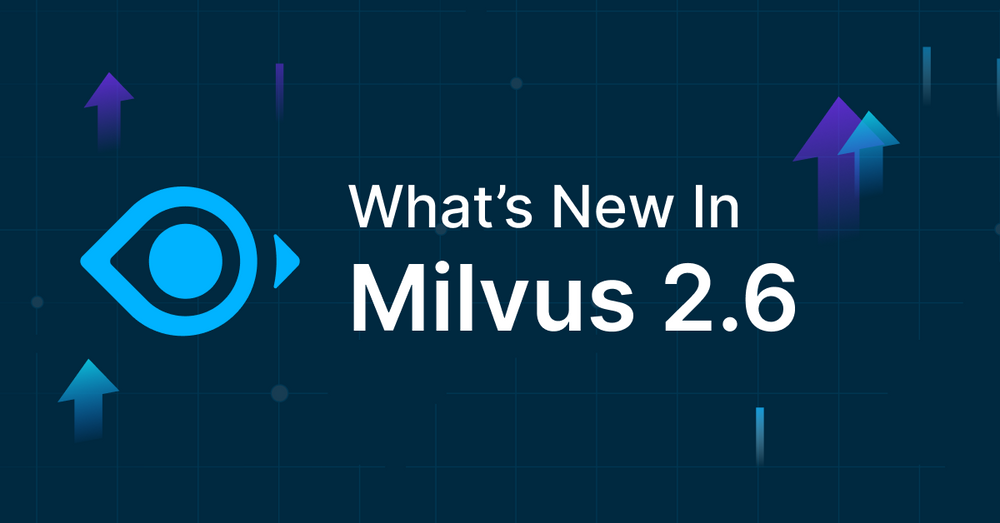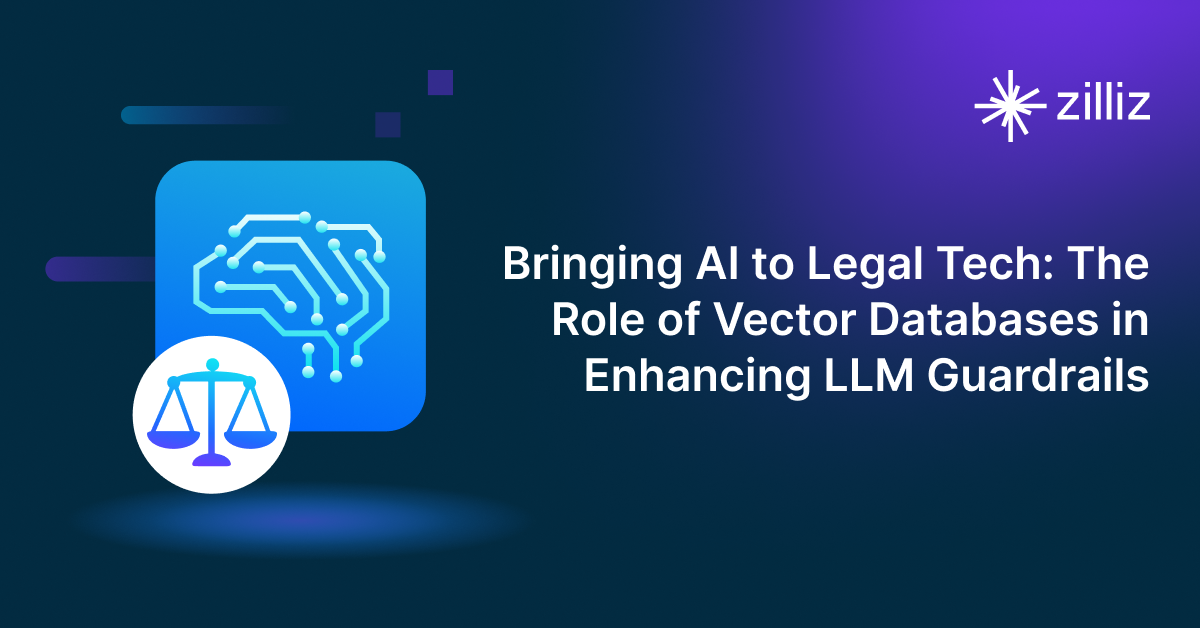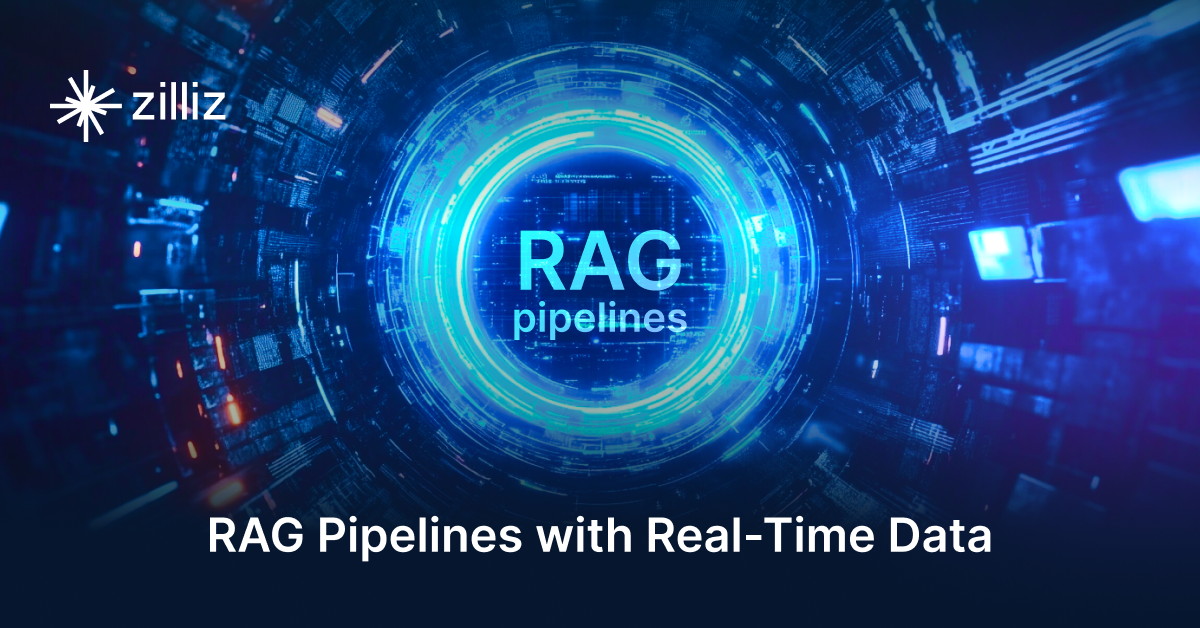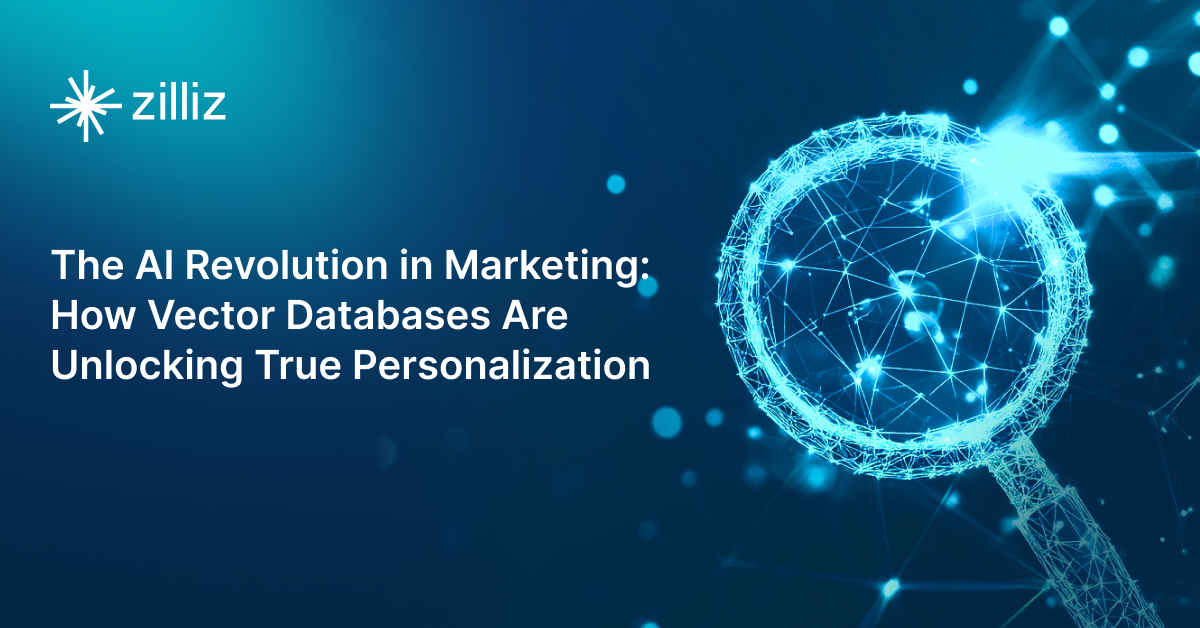Democratizing AI: Making Vector Search Powerful and Affordable

Over the past few years, you’ve probably heard us talk about “Democratizing AI” — especially when it comes to vector search. But what do we really mean by that?
At Zilliz, we strongly believe that for AI to truly thrive, essential tools like sophisticated vector databases must be accessible to developers. These tools unlock powerful insights from vast amounts of unstructured data, empowering applications across industries.
We get it — budgets are tight. Your finance team isn’t handing out blank checks for new tech. That’s why making vector search not only powerful but cost-efficient is a top priority for us. The lower the cost of search, the more you can do with it — whether that means powering richer recommendations, scaling up retrieval-augmented generation (RAG) pipelines, or simply running more workloads without breaking the bank.
This is where an economic principle called Jevons Paradox comes into play. Originally observed in the 19th century, it describes how increasing the efficiency of a resource — like coal, electricity, or in our case, compute — can actually increase overall usage. When vector search becomes more affordable and accessible, teams are able to run more experiments, expand their use cases, and ultimately process more data. In short: lower cost unlocks higher usage.
On Zilliz Cloud, we offer flexible pricing plans designed to fit your budget and usage needs. From our true pay-as-you-go serverless option to dedicated clusters across three pricing tiers, you can pick what works best for your applications — and grow your workloads with confidence.
But democratization isn’t only about commercial offerings. We know sometimes the open-source version is the backbone for many projects. That’s why our latest release, Milvus 2.6, delivers one of the most cost-effective vector database solutions on the market — cutting costs across infrastructure, operations, and developer time, so you can scale your applications without scaling your bills.
Milvus 2.6: Built for Scale, Designed to Reduce Costs
Today, we are launching Milvus 2.6, continuing our mission to make AI more accessible by driving down the costs of vector data solutions by focusing on these three dimensions of cost savings: Monetary Savings, Operational Efficiencies, and Developer Time.
How Milvus 2.6 Helps You Save Money
Milvus 2.6 introduces several cost-saving innovations. Tiered Storage with Hot/Cold Data Separation automatically moves frequently accessed vectors to high-performance storage and archives less-used data in more economical locations—reducing storage costs without compromising retrieval speed. It works seamlessly with providers like Cohesity, Pure Storage, MinIO, and NetApp.
Int8 Vector Compression and RabitQ Quantization reduce memory requirements significantly while maintaining high accuracy. Woodpecker Write-Ahead Log (WAL) eliminates the need for message queues like Kafka or Pulsar, offering a diskless architecture that boosts write speed while lowering infrastructure expenses.
Making Operations Simpler and Cheaper
Milvus 2.6 streamlines infrastructure management with several new features. The Streaming Node enables real-time data ingestion without external message queues. CDC + BulkInsert simplifies cross-region replication, while Storage v2 Format and native APT/YUM package support reduce operational overhead by making installations and upgrades easier and more robust.
Saving Developer Time with Built-In Tools
Milvus 2.6 improves productivity with more out-of-the-box capabilities. Data-In, Data-Out allows raw text, images, and audio to be directly ingested with built-in inference—no pre-processing pipeline required. Custom Reranker lets you apply your own logic with scalar fields and UDFs. Built-in Text & JSON Search supports advanced tokenization (e.g., for Japanese/Korean), JSON path indexing, and match/phrase queries. Finally, sampling and aggregation queries help you analyze data quickly and iterate faster during development.
Open Source, Transparent, and Trusted
Milvus is fully open source under the permissive Apache 2.0 license. There are no black boxes — developers and organizations can customize, audit, and contribute as needed.
Milvus has become one of the most widely adopted vector databases in the world, powering AI applications at scale for over 10,000 organizations. But that kind of momentum only happens because of the incredible community behind it.
To celebrate your contributions, we recently launched the Milvus Ambassador Program — a way to highlight developers who have built something amazing and want to share it with the broader community.
At our core, we’re a group of developers who believe in transparency — sharing the good, the bad, and the messy in between. We’re not perfect, and we don’t pretend to be. We learn by building, breaking, and helping each other grow — and that’s exactly what makes this community thrive.
Ready to Experience Cost-Effective Vector Search?
Whether you’re just getting started or looking to scale up your AI applications, Zilliz Cloud and Milvus 2.6 offer the tools to make vector search powerful, affordable, and scalable. We have a ton of resources that the team has built that range from our docs, bootcamps, and tutorials. We also offer free private office hours to help you with any and all of your questions or you can come hang out with the team in our Discord channel.
Come build with us and let’s make this magic happen together.
- Milvus 2.6: Built for Scale, Designed to Reduce Costs
- Ready to Experience Cost-Effective Vector Search?
Content
Start Free, Scale Easily
Try the fully-managed vector database built for your GenAI applications.
Try Zilliz Cloud for FreeKeep Reading

Bringing AI to Legal Tech: The Role of Vector Databases in Enhancing LLM Guardrails
Discover how vector databases enhance AI reliability in legal tech, ensuring accurate, compliant, and trustworthy AI-powered legal solutions.

Building RAG Pipelines for Real-Time Data with Cloudera and Milvus
explore how Cloudera can be integrated with Milvus to effectively implement some of the key functionalities of RAG pipelines.

The AI Revolution in Marketing: How Vector Databases Are Unlocking True Personalization
Explore how vector databases and AI are transforming marketing platforms, enabling real-time personalization and predictive analytics while balancing automation with creativity.
